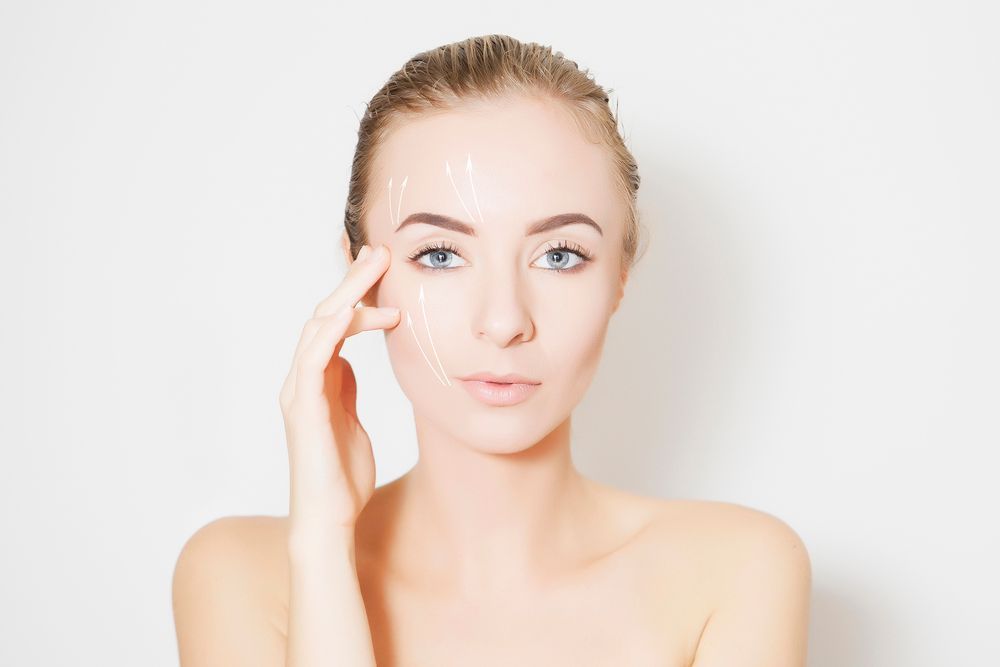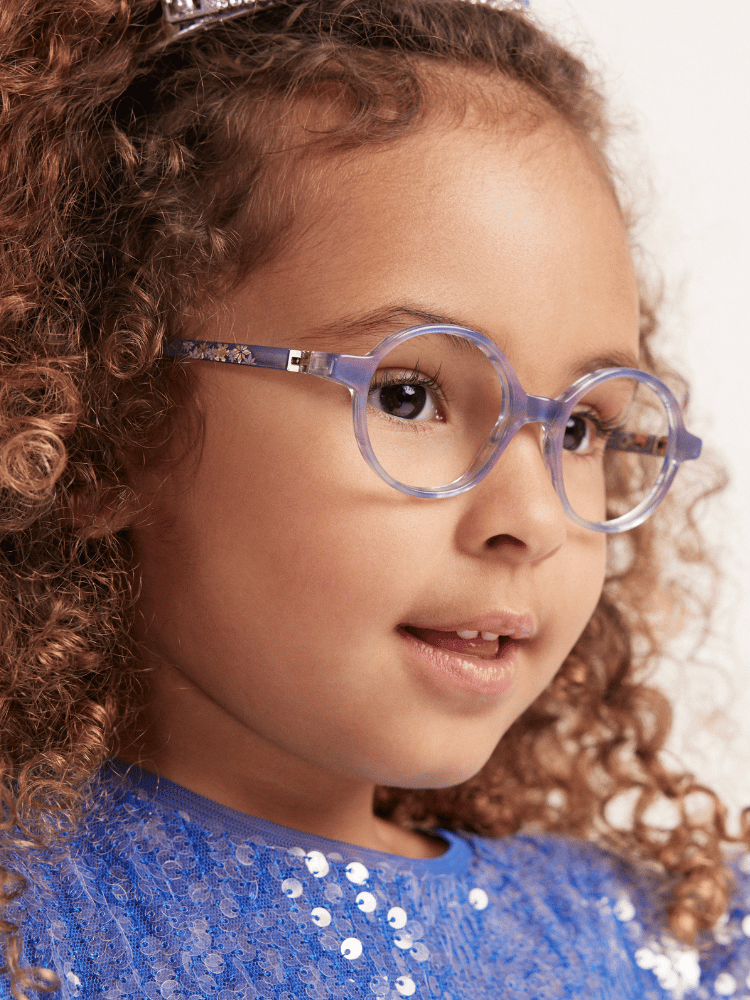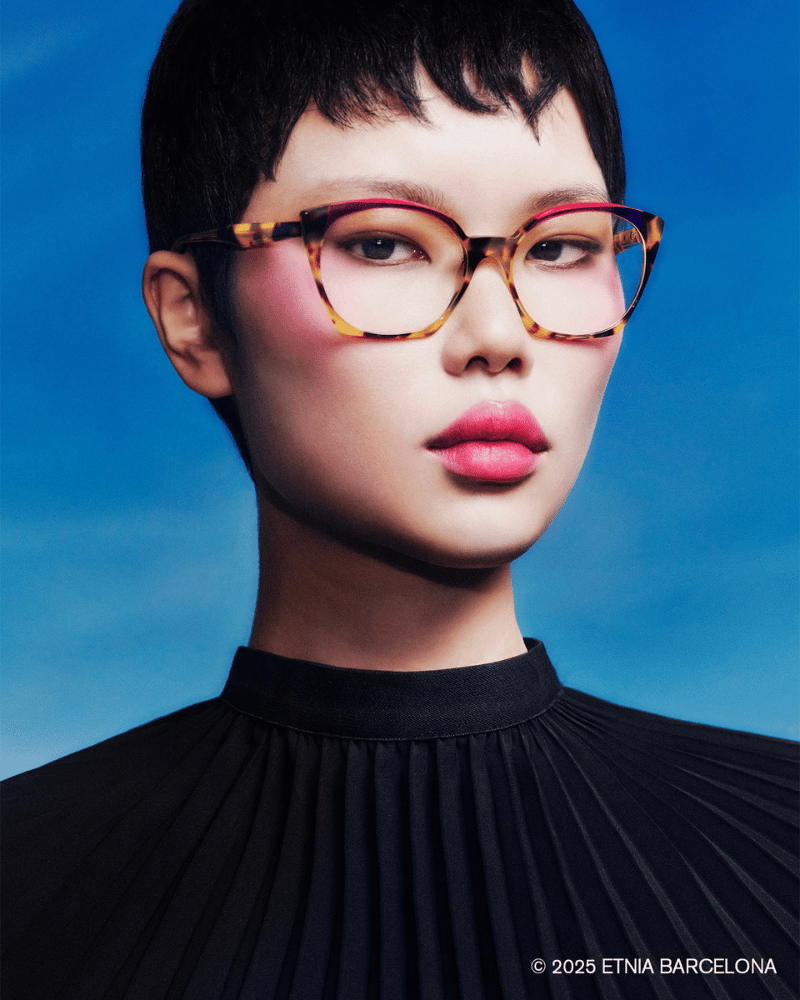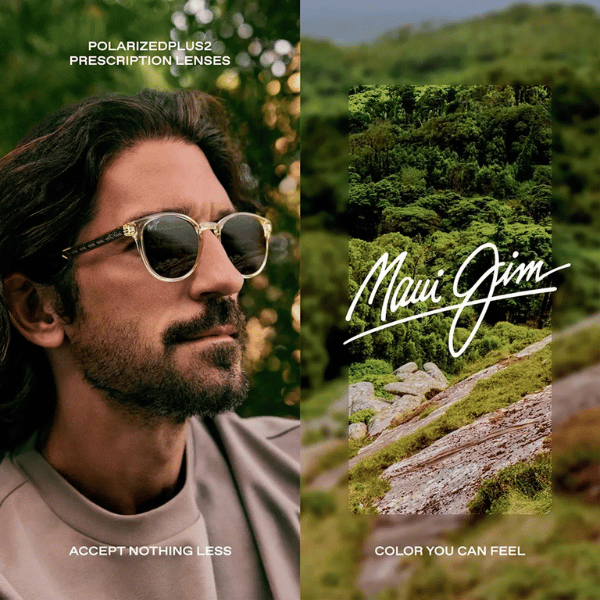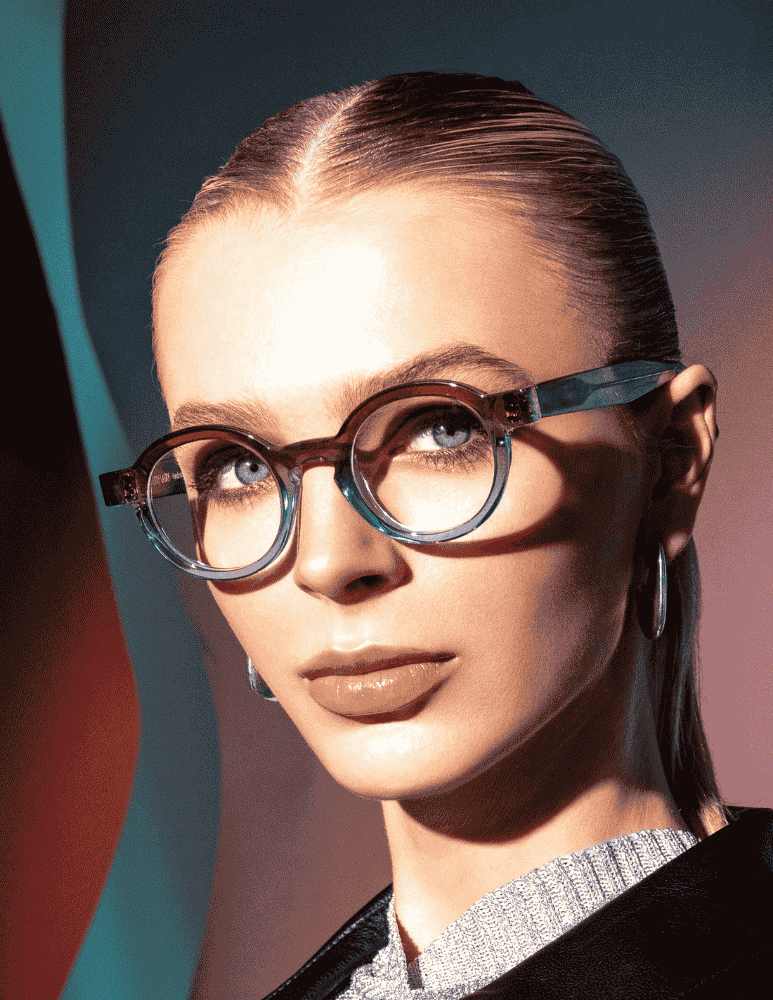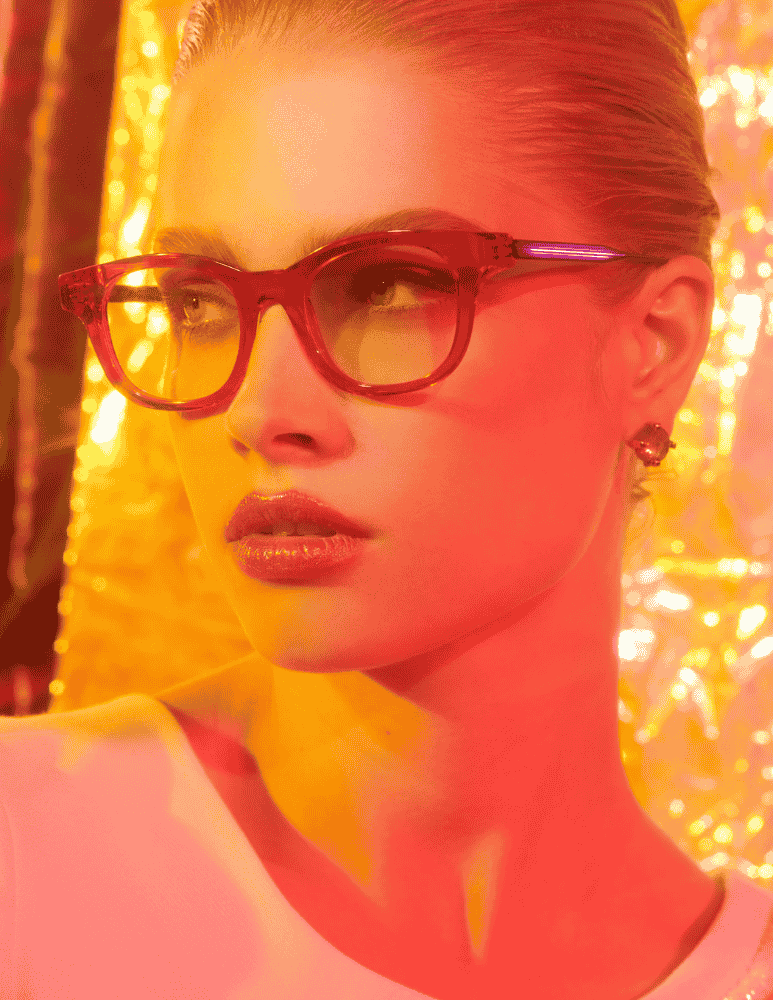10 THINGS TO CONSIDER BEFORE YOU BUY YOUR NEXT PAIR OF SUNGLASSES
Now that we have officially entered the summer season, protecting your eyes with the right type of sunglasses is more important than ever. But what’s the difference between the $24 pair of sunglasses at the corner store vs. the $240 ones at your optometrist’s office?
- The UV protection : Most sunglasses sold in Canada have to meet the minimum standard for UV protection. But the way the protection is applied to your sunglasses can vary widely and actually influence your UV risk over time. Most inexpensive sunglasses have a UV coating which is applied to the outer surface. This coating can get rubbed off over time with repeated cleanings and general wear and tear, resulting in increased risk to your eyes from UV damage over time. Don’t forget about your kids – evidence exists that many of us receive up to 50% of our lifetime UV exposure by the time we reach the age of 18!
- The Colour: Whether your sunglasses are grey, green or brown has nothing to do with the level of protection they provide. The colour you choose has a lot to do with the activities you will be doing with the sunglasses. Generally, a darker colour will be used for activities with a high amount of glare like water sports, and a lighter colour will be used for activities requiring a higher amount of contract in varying light conditions such as golf. Consult with one of our sunglass consultants to learn more about what colour or tint would work best for you based on your favorite outdoor activities.
- The glare reduction: Better quality sunglasses will have much attention devoted to the vision enhancement aspect. Simply making a pair of eyeglasses with a darker lens can decrease contrast which can make colours duller, and in the worst cases may put your safety at risk if glare is not properly controlled during activities such as driving. Polarization is a special filter that selectively reduces the amount of glare that reaches your eyes. Other treatments that enhance vision include mirror coatings, anti-glare coatings and peripheral lens design changes that cut back distortion.
- The impact resistance: Many of the activities we enjoy with sunglasses have a safety consideration. Most sunglasses are not shatter proof, but lenses can be obtained that have varying degrees of shatter resistance – an important consideration for certain sports and especially for kid’s sunglasses.
- The comfort: A pair of frames that looks great may not be suitable for outdoor use due to size or weight. It also needs to have a certain amount of adjustability to ensure they work as well as possible.
- The fit: sunglasses are fit closer to the face to optimize protection of the sensitive skin around the eyes and generally have a larger lens size for the same reason. They also have special mounts on the nose and temples that allow for better positioning over skin coated with sunblock.
- The prescription: If you wear a prescription in your clear lenses, it is recommended that you also have it in your sunglasses to reduce eyestrain and optimize your vision while engaging in your favorite outdoor activities. We have a large selection of sunglasses that are compatible with prescription lenses.
- The style: no need to put up with clunky frames or outdated styles. Our quality sunwear is made with the latest fashionable designs so you always look and feel your best.
- The warranty: Good quality sunglasses will have a comprehensive warranty to protect your purchase and keep your sunglasses performing perfectly. Did you know that our Maui Jim sunglasses have a lifetime warranty for parts replacement such as temple and nosepads?
- The sale: Ask us about our upcoming sunglass sale in early August at our Cochrane location!
-Dr. Tom Wilk


